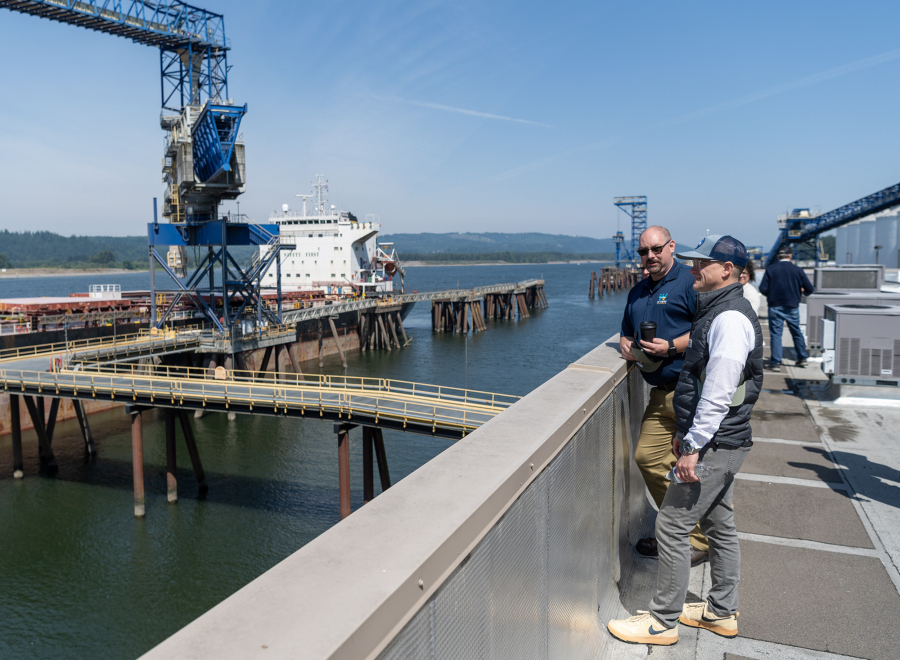The global humanitarian aid sector is currently grappling with a profound crisis, as substantial cuts from traditional government and institutional donors have severely depleted budgets intended for the world’s most vulnerable populations, sparking a contentious debate: can private financing truly be its savior, or does it pose unforeseen risks?
For years, the backbone of international humanitarian assistance has been consistent funding from rich nations and established public bodies. However, a shifting global landscape coupled with domestic fiscal pressures has led to significant donor cuts, leaving countless critical programs underfunded or entirely halted. This unprecedented contraction of traditional aid funding exacerbates an already dire humanitarian crisis, impacting essential services from food security and medical care to shelter and education in conflict zones and disaster-stricken areas.
In response to this dwindling public support, private financing has emerged as a widely discussed alternative, often presented as a potential panacea for the struggling sector. Proponents argue that tapping into private capital can introduce much-needed innovation, fostering greater efficiency and diversifying funding streams beyond the often-unpredictable cycles of governmental budgets. This perspective champions a pragmatic approach, believing that new financial models and philanthropic avenues are essential for the future of global development.
However, this proposed shift is proving to be highly contentious, creating a significant schism among aid organizations and experts. Many within the sector express deep reservations, with primary concerns revolving around the potential for private interests to inadvertently influence humanitarian priorities. The fear is that the imperative to deliver returns or align with corporate social responsibility agendas could subtly compromise core humanitarian principles such as neutrality, impartiality, and independence, guiding aid away from the most critical needs towards more publicly appealing causes.
Furthermore, skeptics highlight the inherent instability of private funding when compared to the typically more consistent and predictable public grants. While private philanthropy can be generous, it is often project-specific, short-term, and subject to economic fluctuations or changing donor whims. Relying heavily on such volatile sources could lead to unpredictable funding cycles, making long-term planning and sustained intervention in protracted crises exceedingly difficult, ultimately undermining the very stability the sector desperately needs.
The debate underscores a critical crossroads for international aid, forcing a profound reevaluation of sustainable funding models and the ethical implications of relying on market-driven solutions to address urgent global needs. It highlights the complex challenges and differing philosophies that define this pivotal moment for humanitarian assistance, prompting a necessary dialogue about how to safeguard the independence and effectiveness of aid amidst evolving financial realities.
As the global development community grapples with these existential questions, finding a balanced approach that leverages the potential of private finance without sacrificing the foundational principles of humanitarian action will be paramount. The future of millions relying on aid hangs in the balance, making this an urgent and complex challenge that demands innovative yet ethically sound solutions to the ongoing aid funding dilemma.
Discover more from The Time News
Subscribe to get the latest posts sent to your email.






